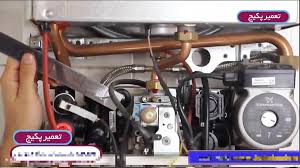In today’s technological landscape, the significance of inverters cannot be overstated. These devices play a Frequenzumrichter Danfoss SEW Lenze Siemens reparieren lassen pivotal role in converting direct current (DC) into alternating current (AC), thereby enabling the smooth operation of various electrical appliances and systems. From residential homes to industrial complexes, inverters serve as a vital component in ensuring continuous and efficient power supply.
What is an Inverter?
An inverter is an electronic device designed to transform DC power, commonly derived from batteries or solar panels, into AC power that can be used to operate a wide array of electrical devices. The primary purpose of an inverter is to change the form of electrical power to meet the requirements of different devices that rely on AC power for their functioning.
Types of Inverters
1. Stand-Alone Inverters:
Stand-alone inverters are commonly found in residential settings and are used in conjunction with battery systems or renewable energy sources like solar panels. They convert DC power from batteries or solar panels into AC power, which can be utilized for household appliances.
2. Grid-Tied Inverters:
Grid-tied inverters are employed in systems connected to the utility grid. They convert DC power generated by solar panels or wind turbines into AC power that can either be used on-site or supplied back to the grid. This enables users to potentially earn credits for the surplus energy they feed back into the grid.
3. Microinverters:
Microinverters are a more recent innovation in the field. Unlike traditional inverters that handle the entire solar array’s output, microinverters are attached to individual solar panels. This setup allows for greater efficiency, as shading or issues with one panel don’t affect the entire array’s output.


